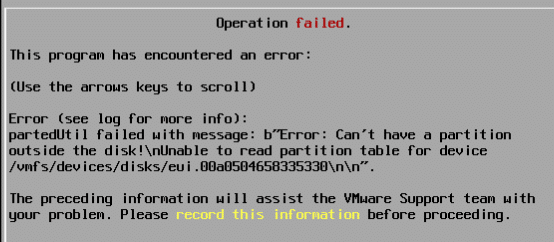If you’ve ever had the task to upgrade a number of ESXi servers, you’ll know that it’s a hell lot of work to be done even before you can upgrade the first host. Is the host still on the VMware Hardware Compatibility List (HCL)? Are my PCIe cards (NIC, HBA, SCSI-controller) still supported? Does the current firmware match the future driver?
Finding answers all of these questions might take hours of research. Especially if you have non-uniform clusters.
Runecast got you covered
We have good news for those of you who already use Runecast-Analyzer to scan their cluster against KB issues. The latest beta (2.7.0) of the HW compatibility tool can now simulate host upgrades. Wow cool is that!
Continue reading “Runecast 2.7.0 with ESXi Upgrade Simulator”

